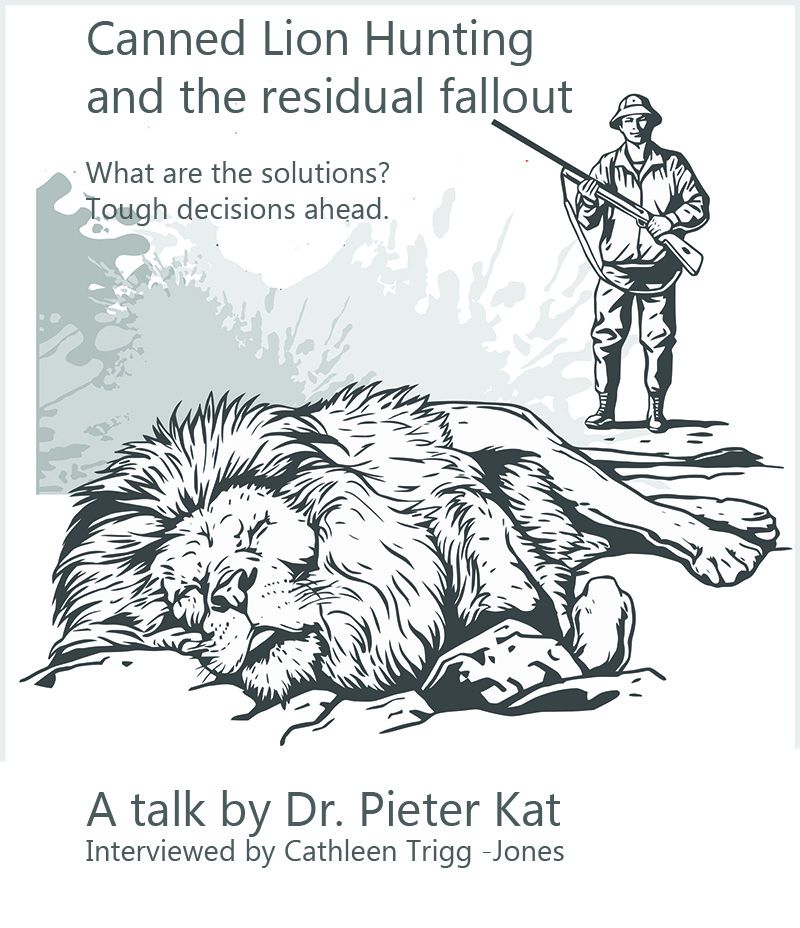
Sign up for a free account with MojoStreaming and get free entrance to this Live - Streamed event.
Thursday March 25th 2021 at 2PM Eastern Standard Time, 6PM Greenwich Mean Time.
First 70 people to sign up will be admitted to the event
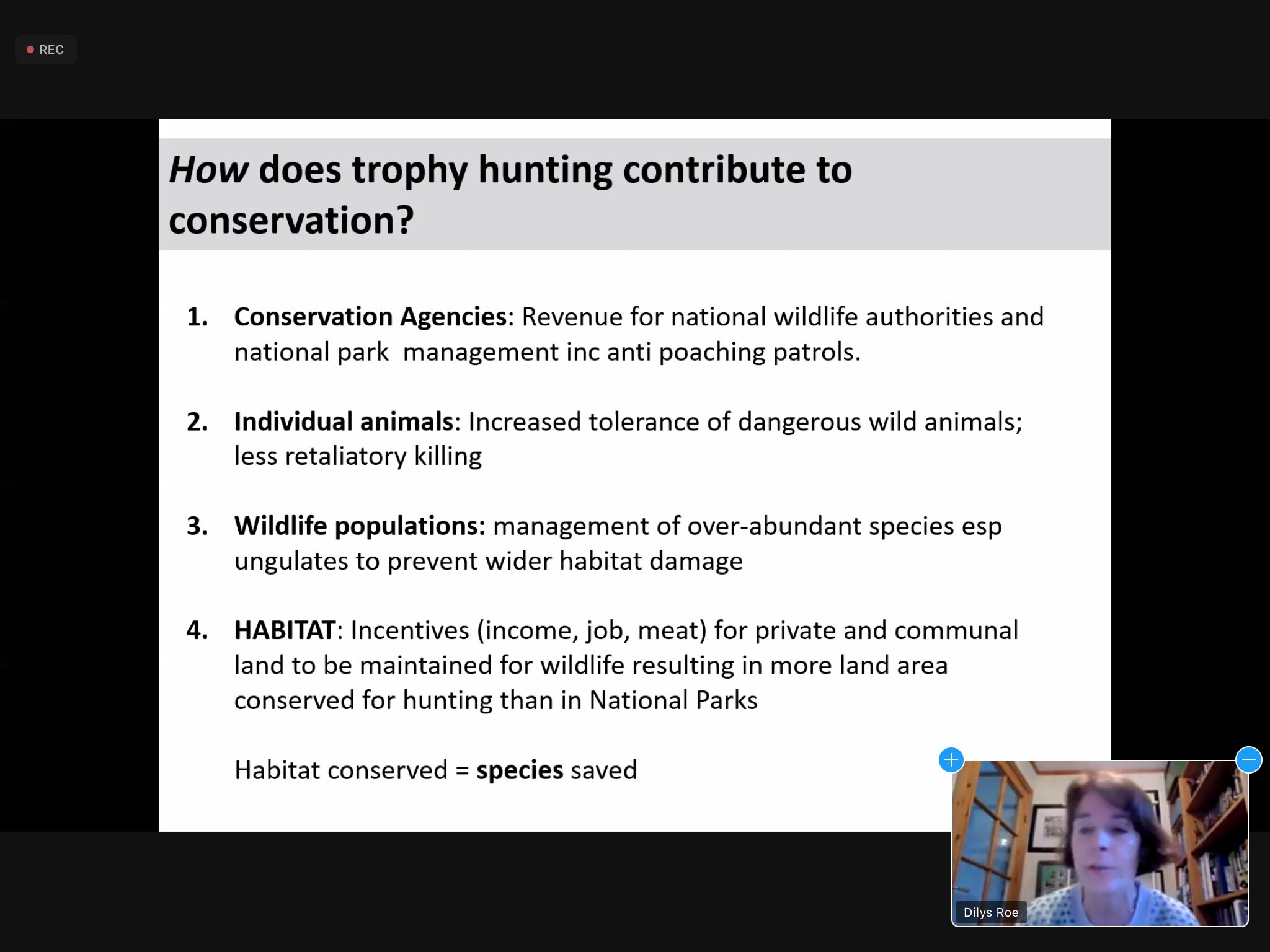
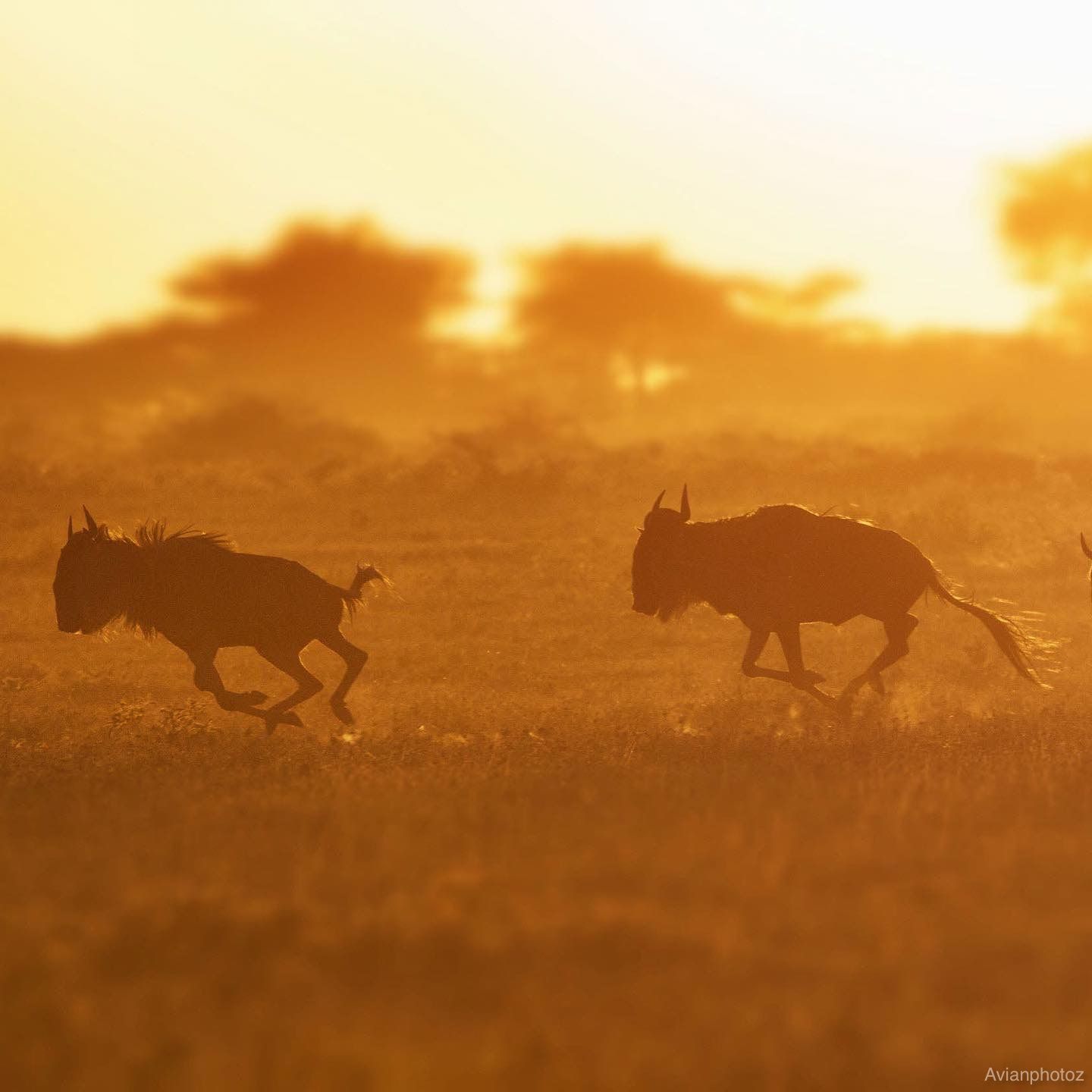 Late October and early November see the last of the wildebeest river crossings before the herds begin to move to the edge of the short-grass plains in southern Serengeti for the unparalleled spectacle that is their birthing season. As the wildebeest empty out, so do the people, and these three months in the Mara before the festive season mark a spectacular time to roam and explore without the distraction of other vehicles and the millions-strong herds. The rest of the game comes to the fore, as does the cultural element in Serengeti South: the Hadzabe make for fascinating walking companions as they reveal their homeland to you on foot. This time of year yields itself to long lazy stays, with some adventure fly camping and safaris on foot thrown into the mix. http://interiorsafarisea.com/category/tanzania-safaris/
Late October and early November see the last of the wildebeest river crossings before the herds begin to move to the edge of the short-grass plains in southern Serengeti for the unparalleled spectacle that is their birthing season. As the wildebeest empty out, so do the people, and these three months in the Mara before the festive season mark a spectacular time to roam and explore without the distraction of other vehicles and the millions-strong herds. The rest of the game comes to the fore, as does the cultural element in Serengeti South: the Hadzabe make for fascinating walking companions as they reveal their homeland to you on foot. This time of year yields itself to long lazy stays, with some adventure fly camping and safaris on foot thrown into the mix. http://interiorsafarisea.com/category/tanzania-safaris/
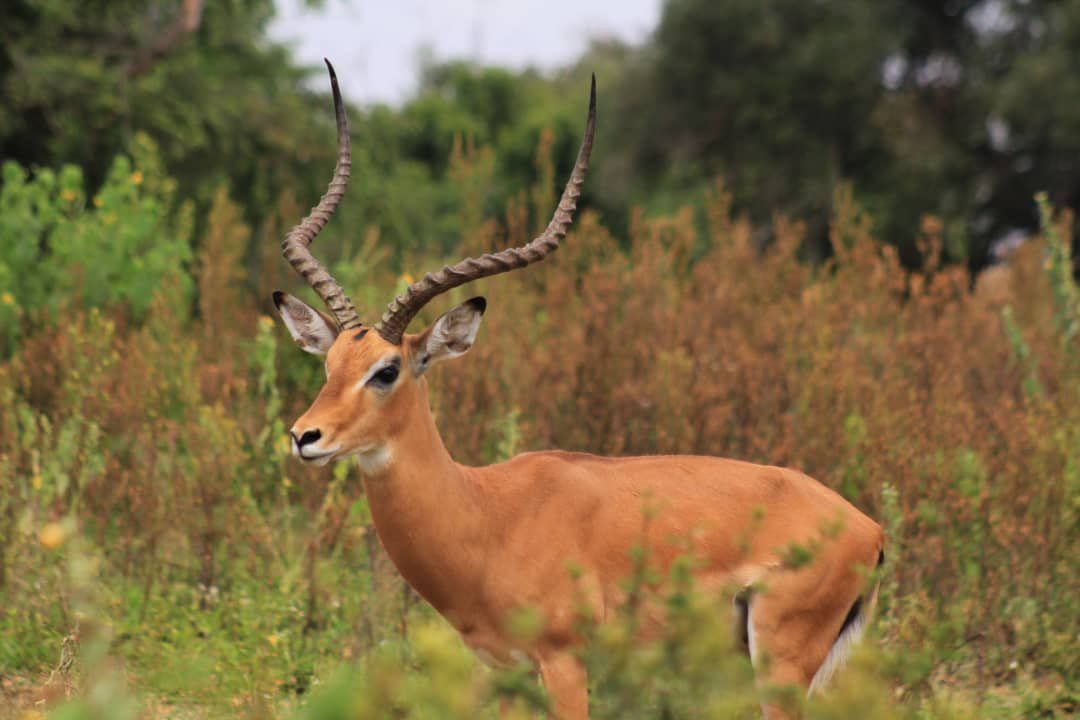 The Ugandan kob (Kobus kob thomasi), male,Queen Elizabeth NP, Uganda, 2016.
The Ugandan kob (Kobus kob thomasi), male,Queen Elizabeth NP, Uganda, 2016.
The Ugandan kob is a subspecies of the kob, a type of antelope. Only the males have horns, which are lyre-shaped, strongly ridged and divergent.
Males are slightly larger than females, being 90 to 100 cm (3.0 to 3.3 ft) at the shoulder, with an average weight of 94 kg (207 lb), while females are 82 to 92 cm (2.7 to 3.0 ft) at the shoulder and on average weigh about 63 kg (139 lb). Apart from the throat patch, muzzle, eye-ring and inner ear, which are white, the coat is golden to reddish-brown, the color differentiating it from other kob subspecies. The belly and inside of the legs are white, and the front of the forelegs are black.
It is typically found in open or wooded savanna, within a reasonable distance of water, and it also occurs in grasslands near rivers and lakes.
Ugandan kobs are herbivores and feed largely on grasses and reeds.
The females and young males form loose groups of varying size which range according to food availability, often moving along watercourses and grazing in valley bottoms. Sometimes non-breeding males form their own groups. Ugandan kobs usually have a lek mating system, in which males defend small territories clustered on traditional mating grounds. Females visit these leks only to breed, and males provide no parental care. Each lek is associated with a female herd of about 100 individuals. Females begin to mate at the age of one, but males must normally wait for several more years. A single calf is born in November or December, after a gestation period of about nine months.
Ugandan kob appears on the coat of arms of Uganda. #Godfreytheguide #Uganda #Animals #Antelope.
www.interiorsafarisea.com
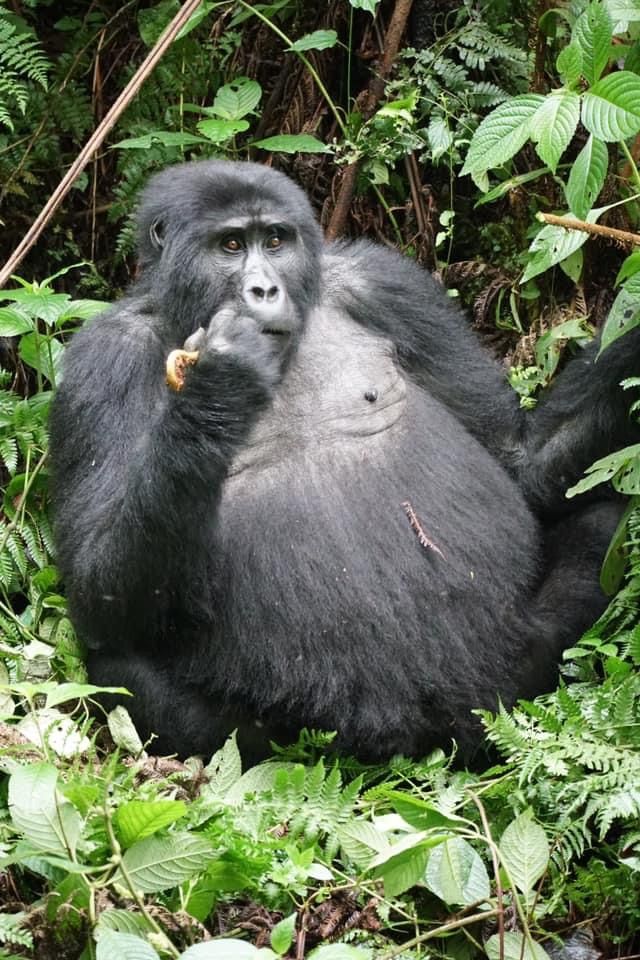 In this 3rd episode which is the last of my intended sharing is that I have total confidence and belief that we the young generation have the best chance as we have to change the way our people and the rest of the continent talks about and perceives conservation. We the now generation, are the best chance we have to ensure Africa and all its inhabitants animals,human or otherwise have a future. Can you imagine, the impact Kwame Nkuruma, Patrice Lumumba , Nelson Mandela and other renowned young Pan African leaders would have generated, if they had WhatsApp, Facebook, Twitter or Instagram? They were also young when they started their struggle for independence . Today’s young people is perhaps facing an even bigger challenge than the past generation were but we also have more power.
In this 3rd episode which is the last of my intended sharing is that I have total confidence and belief that we the young generation have the best chance as we have to change the way our people and the rest of the continent talks about and perceives conservation. We the now generation, are the best chance we have to ensure Africa and all its inhabitants animals,human or otherwise have a future. Can you imagine, the impact Kwame Nkuruma, Patrice Lumumba , Nelson Mandela and other renowned young Pan African leaders would have generated, if they had WhatsApp, Facebook, Twitter or Instagram? They were also young when they started their struggle for independence . Today’s young people is perhaps facing an even bigger challenge than the past generation were but we also have more power.
If there is one thing that I hope that the COVID-19 pandemic can teach us all, it is that the health of humans is one and the same as the health of nature and wildlife. When this pandemic is finally over, we cannot surely afford to return to “normal” and continue ignoring the destruction we have been causing in the name of development. And this is entirely up to the African youth, mojo live-streaming and the rest of the world to keep us all on the right path.